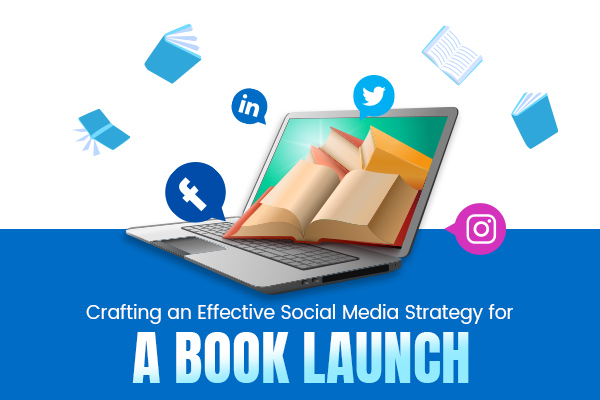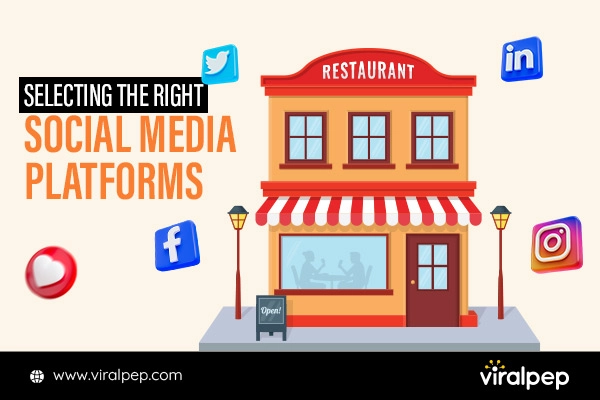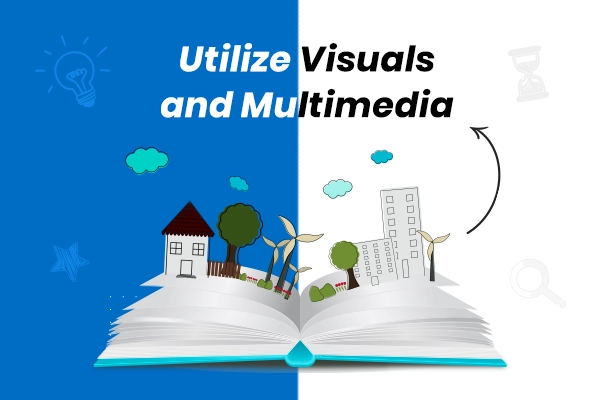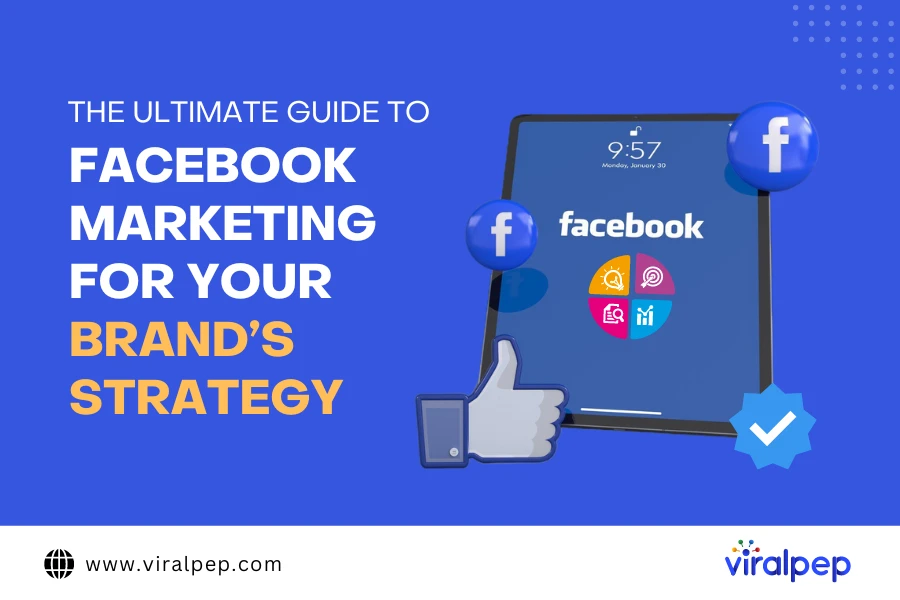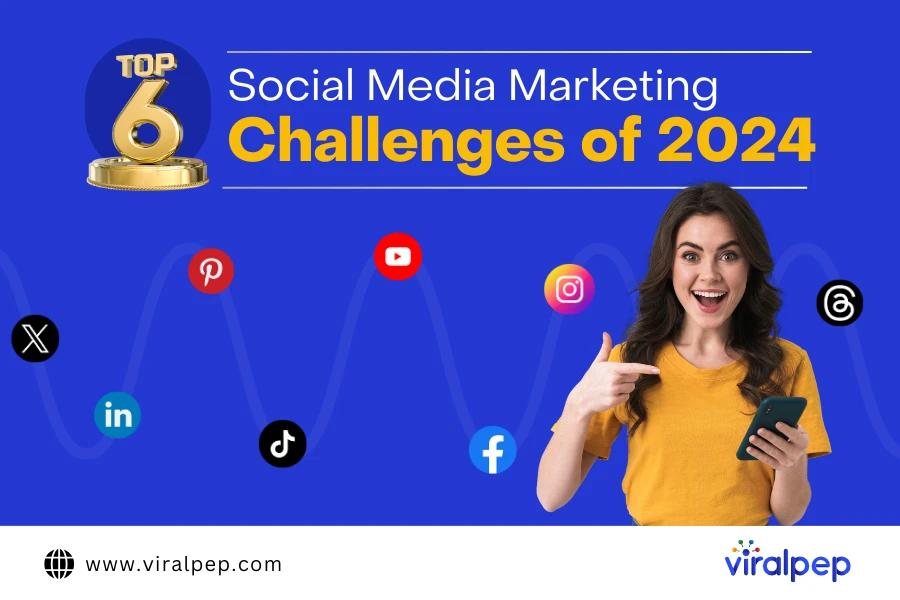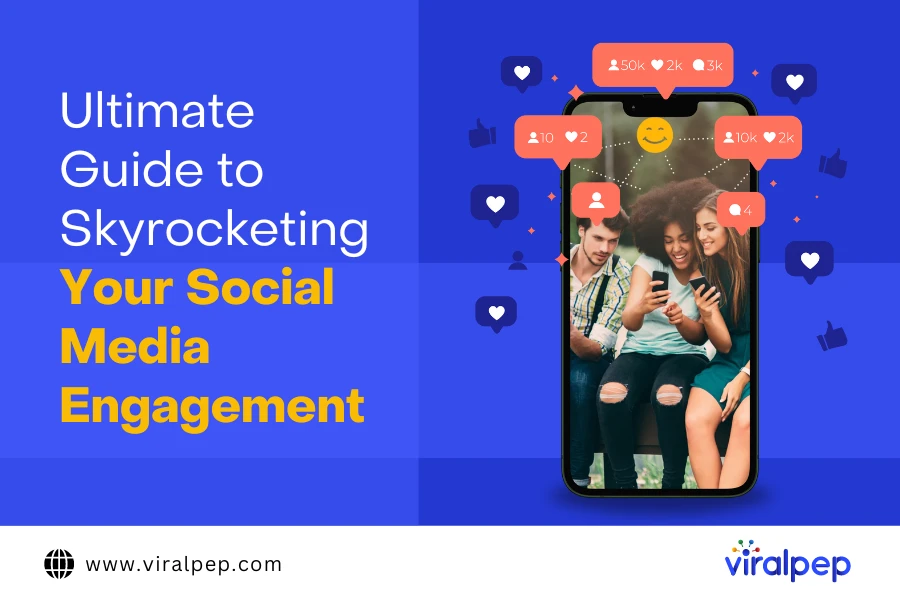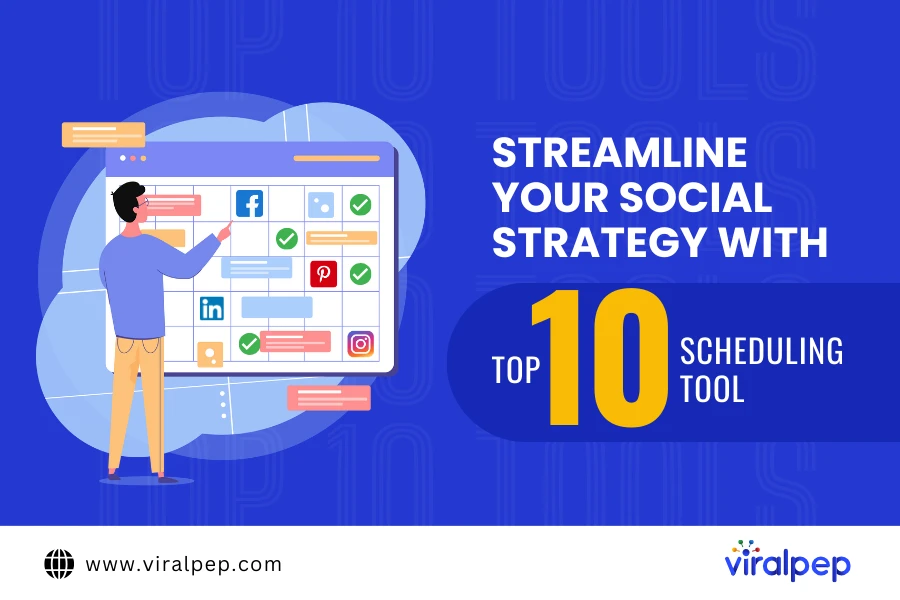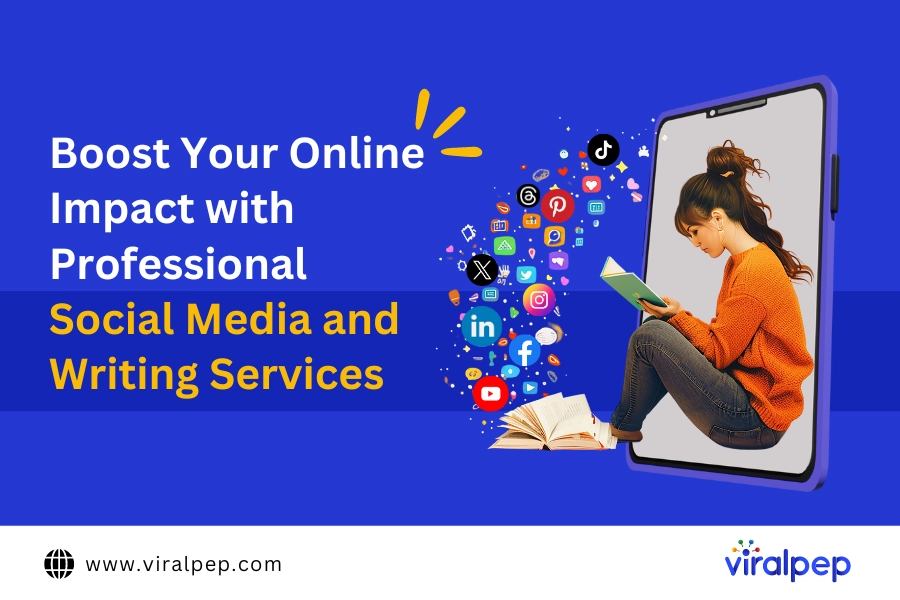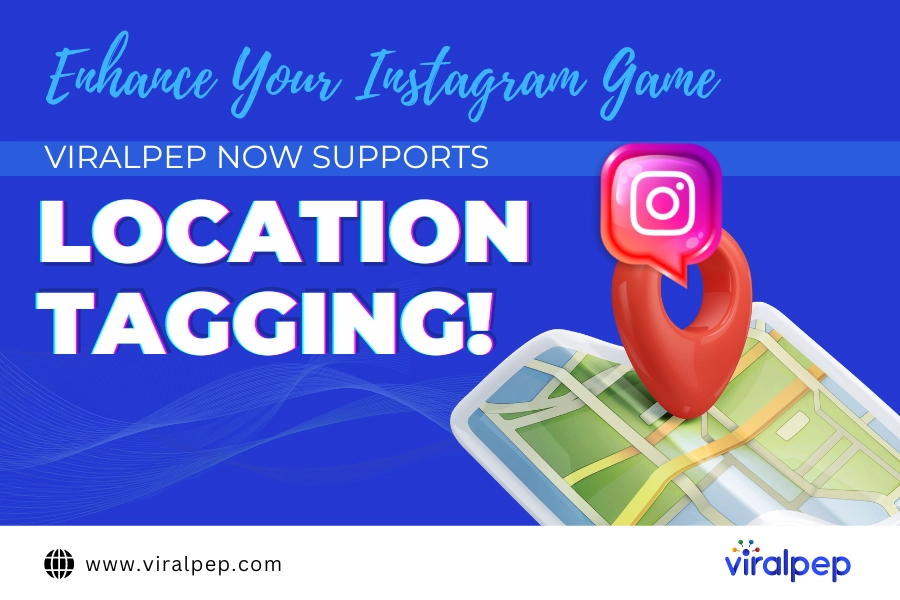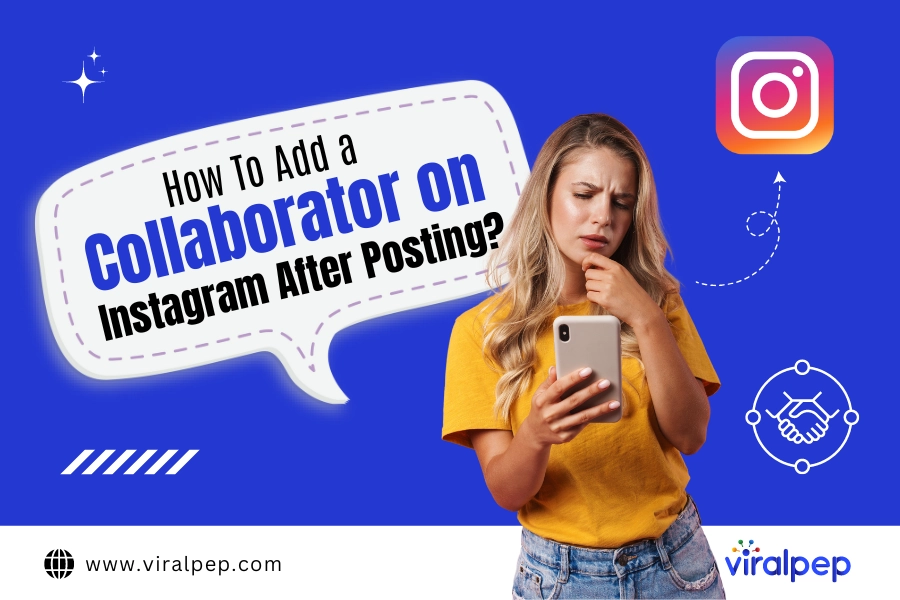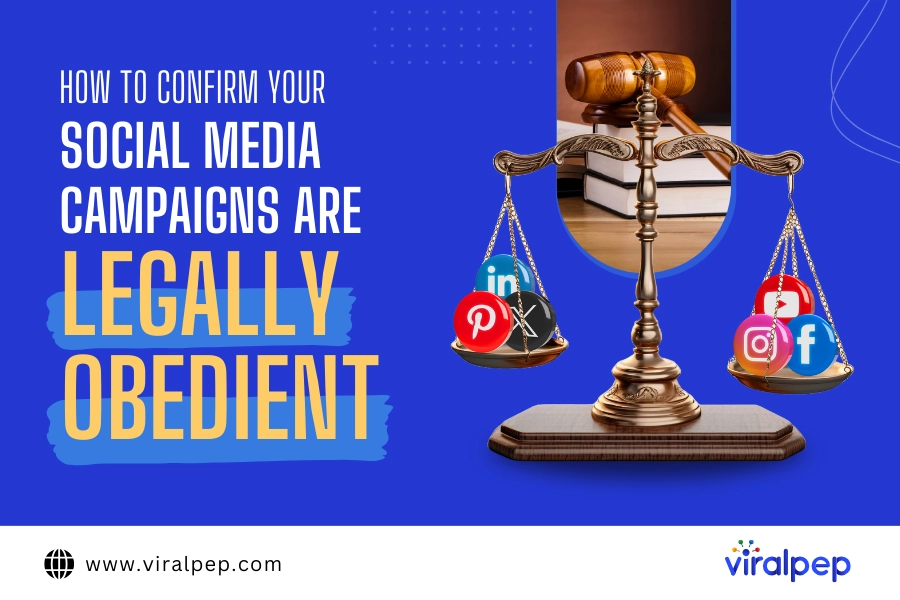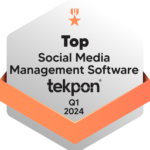Introduction
A book launch is crucial for authors to generate excitement and attract readers to their work. In today’s digital age, social media is pivotal in reaching a wide audience and creating a buzz around your book. This blog post will delve into the importance of social media for book launches, highlighting the benefits of having a well-planned social media strategy.
Whether you’re a self-published author or working with a traditional publishing house, harnessing the power of social media can significantly impact your book’s success. By understanding the value of social media and implementing a strategic approach, you can effectively engage readers, increase visibility, and maximize your book launch potential.
Harness the power of social media to reach a wider audience, build author-reader connections, generate buzz, and amplify word-of-mouth marketing for your book launch.
A well-planned strategy ensures targeted audience engagement, brand cohesion, effective time and resource management, and the ability to measure results and optimize your social media efforts.
This blog post aims to guide authors in crafting an effective social media strategy for their book launch, emphasizing the importance of social media, highlighting the benefits of a well-planned strategy, and providing actionable insights and tips for success.
Define Your Target Audience
-
Identify the ideal readers for your book
Identifying your ideal readers is essential to crafting an effective social media strategy. Consider their demographics, such as age, gender, location, and any specific characteristics that align with the themes or genre of your book. Understand their interests, hobbies, and reading preferences to understand what attracts and resonates with them.
-
Conduct market research on your target audience
Conduct thorough market research to understand your target audience truly. Dive into online behaviors and social media usage patterns. Determine which platforms they use most frequently and how they engage with content.
This research will help you tailor your strategy to the platforms and content types that your audience prefers.
-
Tailor your social media strategy to reach and engage your specific audience
Once you understand your target audience, tailor your social media strategy accordingly. Choose the right social media platforms based on their preferences and engagement patterns. Create content that aligns with their interests, such as excerpts from your book, behind-the-scenes insights, or related content that sparks their curiosity.
Use language, visuals, and messaging that resonate with your audience to establish a genuine connection.
By defining your target audience and customizing your social media strategy, you can effectively reach and engage the readers most likely to be interested in your book. With a focused approach, you can build anticipation, generate buzz, and ultimately drive book sales during your launch and beyond.
Read also: Viralpep Launches New Powerful Features for Social Media Management
Set Clear Goals and Objectives
-
Determine the goals for your book launch campaign
Launching a book is a significant milestone, and having clear goals for your launch campaign is essential. These goals will serve as the guiding force behind your social media strategy. Here are three common goals for a book launch campaign:
Increase book sales and visibility
Your primary objective may be boosting book sales and enhancing its market visibility. This goal focuses on reaching a broader audience and converting them into readers and buyers.
Build a strong author brand and online presence
Building your author brand is crucial for long-term success. Establishing yourself as a reputable and recognizable author can lead to increased readership and more opportunities in the future. Social media strategy can help shape your author brand and create a strong online presence.
Read also: Build Brand Trust Using Social Media
Generate buzz and excitement around the book
Creating a sense of anticipation and excitement among your target audience is vital for a successful book launch. By generating buzz, you can create a buzzworthy campaign that captures the attention and interest of readers, leading to increased curiosity and anticipation.
-
Set measurable objectives for your social media strategy
To effectively track the progress of your social media strategy and evaluate its success, it’s crucial to set measurable objectives. These objectives will allow you to monitor your performance and make necessary adjustments. Here are three quantifiable objectives for your social media strategy:
Increase follower count and engagement
Growing your social media following is a tangible way to expand your reach and increase your book’s visibility. Set a specific target for increasing your follower count on Instagram, Twitter, or Facebook. Additionally, enhance engagement by encouraging likes, comments, and shares on your posts.
Read also: Simple Ways to Increase Facebook Engagement
Drive traffic to your book’s landing page or online retailers
A key objective for your social media strategy is to direct potential readers to your book’s landing page or online retailers where they can purchase. Measure the effectiveness of your process by tracking the number of clicks and conversions generated from your social media posts.
Encourage user-generated content and reviews
User-generated content and reviews can significantly impact your book’s credibility and visibility. Set a goal to encourage readers to share their thoughts, reviews, and experiences with your book on social media.
This can be achieved by creating dedicated hashtags, Running contests and giveaways are effective strategies to engage your audience and incentivize participation.
Setting clear and measurable goals and objectives allows you to effectively align your social media strategy with your book launch campaign and track your progress. These objectives will help you stay focused, evaluate your success, and make necessary adjustments to maximize the impact of your social media efforts.
Choose the Right Social Media Platforms
-
Research and analyze which social media platforms are popular among your target audience
Before diving into your social media strategy, studying and understanding which platforms are popular among your target audience is crucial. Each platform has its user demographics and preferences, so identifying the platforms where your audience spends their time will help you effectively reach them.
Consider the following steps
Identify your target audience
Determine the characteristics of your ideal readers, including their age range, interests, and online behaviors. This information will guide your research.
Conduct market research
Explore social media platforms and analyze user demographics, engagement levels, and content preferences. Look for platforms where your target audience is most active and engaged.
Study platform analytics
Many social media platforms provide analytics tools that offer valuable insights into the demographics and behaviors of your followers. Utilize these analytics to understand which platforms resonate best with your audience.
-
Select platforms that align with your book’s genre and content
Once you have a clear understanding of your target audience and their preferred platforms, it’s important to select the social media platforms that align with your book’s genre and content.
Consider the following factors
Content compatibility
Evaluate whether your book’s content and genre suit specific platforms well. For example, visual-heavy platforms like Instagram and Pinterest may be ideal for books with stunning visuals. At the same time, Twitter may be more suitable for books that require concise, text-based discussions.
Community presence
Research whether active communities or groups on certain platforms specifically focus on your book’s genre or related topics. Engaging with these communities can help you reach a more targeted audience.
Platform features
Consider the unique features and functionalities of each platform. For instance, platforms like YouTube or TikTok may be worth exploring if your book includes multimedia elements.
-
Initially, focus your efforts on two to three platforms to maximize your impact and resources.
You should focus on two to three platforms to effectively manage your social media strategy. This approach allows you to allocate your resources efficiently and maintain a consistent presence.
Consider the following tips
Prioritize platforms with the highest audience engagement
Focus on platforms where your target audience is most active and engaged. This will ensure that your efforts are reaching the right people.
Consider your bandwidth and resources
Managing multiple social media platforms requires time and effort. Assess your available resources and choose platforms you can consistently maintain and engage with.
Quality over quantity
It’s better to have a strong presence and meaningful engagement on a few platforms rather than spreading yourself thin across numerous platforms. Concentrate on building a loyal and engaged following on your chosen platforms.
By conducting thorough research, selecting platforms aligned with your target audience and book’s content, and focusing your efforts on a manageable number of platforms, you can maximize the impact of your social media strategy and effectively connect with your readers.
Content Creation and Planning
-
Develop a content calendar for your book launch campaign
Creating a content calendar is essential to stay organized and consistent with your social media posts throughout your book launch campaign. Here’s how you can develop an effective content calendar:
Determine the duration of your campaign
Decide on the timeline for your book launch campaign, including the pre-launch, launch day, and post-launch period.
Set key milestones
Identify important dates such as cover reveals, pre-order dates, release day, author events, and other promotional activities.
Allocate content types
Plan the types of content you will share during each campaign phase. This will help you maintain variety and engage your audience effectively.
-
Create a mix of engaging content types
You can offer a variety of content types to keep your audience engaged and excited about your book launch. Consider incorporating the following:
Teasers and excerpts from the book
Share snippets or teasers from your book to pique interest and create anticipation among your audience.
Behind-the-scenes insights into your writing process
Give your audience a glimpse into your writing journey, such as your inspirations, challenges, and interesting anecdotes.
Author interviews or Q&A sessions
Collaborate with other authors or conduct live Q&A sessions to provide valuable insights and foster connections with your audience.
Interactive polls, quizzes, or challenges related to the book: Encourage audience participation by organizing polls, quizzes, or challenges directly related to your book’s theme or characters.
-
Incorporate visually appealing graphics and images to capture attention
In today’s visually driven social media landscape, it’s crucial to incorporate visually appealing graphics and images to capture your audience’s attention. Consider the following tips:
Use high-quality visuals
Invest in professional or visually striking images that align with your book’s genre and theme. This will help create a cohesive visual identity for your book.
Design attention-grabbing graphics
Utilize design tools like Canva or Adobe Spark to create eye-catching graphics for quotes, book covers, promotional banners, or event announcements.
Leverage multimedia content
Experiment with video content, such as book trailers or short author readings, to engage your audience in a dynamic and immersive way.
-
Plan content showcasing the book’s unique selling points and benefits for readers
Your social media content should highlight the unique selling points and benefits to attract and engage potential readers. Consider the following strategies:
Share reviews and testimonials
Feature positive reviews or testimonials from readers, influencers, or early reviewers to build credibility and generate interest in your book.
Offer exclusive content
Provide exclusive content, such as bonus chapters, character profiles, or deleted scenes, to reward your audience and create a sense of exclusivity.
Provide value-added content
Create content that offers value to your audience, such as book recommendations, writing tips, or book-related resources. This positions you as an authority in your genre and strengthens your author brand.
By developing a comprehensive content calendar, incorporating a mix of engaging content types, utilizing visually appealing graphics, and highlighting the unique selling points of your book, you can effectively capture the attention of your target audience and build excitement around your book launch.
Engage with Your Audience
-
Regularly respond to comments, messages, and mentions
Engaging with your audience is crucial for building relationships and fostering community around your book. Make it a priority to respond promptly and thoughtfully to comments, messages, and mentions on your social media platforms. Show genuine interest in your readers’ thoughts and questions to create a positive and interactive environment.
-
Encourage discussions and conversations around your book
Initiate and encourage discussions related to your book to generate buzz and interest. Pose open-ended questions, share thought-provoking quotes or excerpts, or ask for opinions on specific topics or characters. Create a space where readers can share their thoughts and connect, fostering a sense of belonging and loyalty.
-
Run contests or giveaways to reward and engage your followers
Contests and giveaways are effective strategies to engage your audience and incentivize participation. Consider hosting contests where participants can win signed copies of your book, merchandise, or exclusive experiences related to your story.
Encourage participants to share their entries and involve their friends, increasing the reach and visibility of your book launch.
-
Collaborate with book bloggers, influencers, and book clubs to expand your reach
Collaborating with influential individuals or groups in the book community can greatly expand your reach and attract new readers. Reach out to book bloggers, influencers, or clubs aligning with your book’s genre and audience.
Offer them advanced reader copies, guest posting opportunities, or exclusive content to review and share with their followers, leveraging their influence and credibility.
Leverage Hashtags and Trending Topics
-
Research relevant hashtags and use them strategically in your posts
Hashtags are powerful tools for increasing the discoverability of your content. Research popular and relevant hashtags related to your book’s genre, themes, and target audience. Incorporate these hashtags strategically in your posts to attract users’ attention searching for content within those topics.
-
Monitor trending topics or discussions about your book’s genre or themes
Stay informed about trending topics and discussions within your book’s genre or related themes. Keep an eye on social media platforms, forums, and online communities where readers discuss and share recommendations. Stay engaged in these conversations; you can contribute valuable insights, connect with potential readers, and increase your visibility.
-
Participate in conversations and engage with users using relevant hashtags
Actively participate in conversations where relevant hashtags are being used. Share your perspectives, answer questions, and engage with users interested in topics related to your book. This allows you to establish yourself as an expert and connect with potential readers.
-
Create branded hashtags specific to your book launch campaign
Create branded hashtags that are unique to your book launch campaign. These hashtags should be catchy, memorable, and related to your book’s title, theme, or promotional campaign. Encourage your audience to use these hashtags when sharing content related to your book, fostering a sense of community and increasing brand awareness.
Read also: How to Use Instagram Hashtags to Grow Your Business?
Utilize Visuals and Multimedia
-
Share visually appealing graphics, book covers, and promotional images
Visual content is highly engaging and can captivate your audience’s attention. Share visually appealing graphics, including book covers, promotional banners, quotes, and images related to your book. Ensure the visuals are professional, high-quality, and aligned with your book’s branding and theme.
-
Create book trailers or video teasers to generate excitement
Videos are an effective way to generate excitement and intrigue around your book. Create book trailers or video teasers that glimpse your book’s story, characters, and atmosphere. Use captivating visuals, compelling narration, and an engaging soundtrack to captivate your audience and leave them wanting more.
-
Conduct live video sessions for author readings, Q&A, or virtual book launches
Live video sessions offer an interactive and personal way to connect with your audience. Conduct live author readings, Q&A sessions, or virtual book launches where readers can directly engage with you. This allows for real-time interactions, provides insights into your writing process, and deepens the connection between you and your readers.
-
Incorporate multimedia content to enhance engagement and storytelling
To enhance engagement and storytelling, consider incorporating other multimedia content, such as podcasts, audiobook samples, or interactive elements. Explore different formats that resonate with your target audience and provide additional ways for them to connect with your book and author brand.
Collaborate with Influencers and Book Communities
-
Identify relevant influencers, book bloggers, or reviewers in your genre
Research and identify influencers, book bloggers, or reviewers who cater to your book’s target audience. Look for individuals or groups with a significant following and a strong presence in your genre. Pay attention to their content, engagement levels, and alignment with your book’s themes and values.
-
Approach them for collaboration or guest posting opportunities
Contact influencers and book bloggers to explore collaboration or guest posting opportunities. Offer them exclusive content, such as interviews, guest articles, or sneak peeks, that they can share with their audience.
Collaborating with influential individuals allows you to tap into their established communities and gain exposure to new readers.
-
Engage with book communities, forums, or Facebook groups to promote your book
Join relevant book communities, forums, or Facebook groups where readers and authors can discuss books and share recommendations. Engage actively in these communities by participating in discussions, providing valuable insights, and sharing updates about your book launch. However, be mindful of each community’s rules and etiquette.
-
Offer exclusive discounts or early access to influencers or community members
To incentivize engagement and create a sense of exclusivity, offer exclusive discounts or early access to influencers or members of book communities who actively support your book.
This rewards their support and encourages them to share their positive experiences, spreading the word about your book to their networks.
Monitor and Measure Performance
-
Track and analyze the performance of your social media posts and campaigns
Monitoring and analyzing the performance of your social media posts and campaigns is essential for understanding what resonates with your audience and what strategies yield the best results. Utilize social media analytics tools to track metrics such as reach, engagement, click-through rates, and conversions.
-
Monitor engagement metrics, reach, and conversion rates
Pay close attention to engagement metrics such as likes, comments, shares, and mentions to gauge how well your content resonates with your audience. Additionally, track your reach to understand the visibility and reach of your social media efforts.
Measure conversion rates by monitoring the number of users who take desired actions, such as visiting your book’s landing page or purchasing.
-
Adjust your strategy based on insights and feedback from your audience
Use the insights and feedback from monitoring your social media performance to fine-tune your strategy. Identify patterns, trends, and content types that perform well and replicate them in future campaigns.
Similarly, learn from posts that didn’t generate the desired response and adjust accordingly. Continuously optimize your strategy based on the preferences and behaviors of your audience.
By engaging with your audience, leveraging hashtags and trending topics, utilizing visuals and multimedia, collaborating with influencers and book communities, and monitoring and measuring your social media performance, you can maximize your reach, engagement, and, ultimately, the success of your book launch.
Conclusion
Crafting an Effective Social Media Strategy for a Book Launch requires careful planning and execution to ensure maximum reach, engagement, and success. This blog post explored key elements and strategies to help authors create a compelling social media presence during their book launch.
Let’s recap the important points discussed and provide final tips for a successful book launch through social media.
-
Recap the key elements of an effective social media strategy for a book launch
This blog post covered several key elements of an effective social media strategy for a book launch. We started by emphasizing the importance of defining your target audience and conducting market research to understand their preferences and behaviors.
Setting clear goals and objectives, such as increasing book sales and visibility, building a strong author brand, and generating buzz around the book, is crucial. Choosing the right social media platforms that align with your target audience and book’s genre is essential for reaching the right readers.
Content creation and planning involve developing a content calendar and creating engaging content types like teasers, behind-the-scenes insights, author interviews, and interactive polls.
Engaging with your audience, leveraging hashtags and trending topics, utilizing visuals and multimedia, and collaborating with influencers and book communities further enhance your social media strategy. Lastly, monitoring and measuring your social media performance allow you to make data-driven adjustments and optimize your strategy.
-
Encourage authors to plan their strategy well before the launch date
It is crucial to plan before your book launch date to maximize the impact of your social media strategy. Start early to build anticipation and excitement among your audience. Planning your content calendar, researching your target audience, and identifying the right platforms take time and effort.
Starting as planned helps you establish a consistent online presence, build relationships with your audience, and gradually increase your reach. It also provides ample time to collaborate with influencers and book communities, create engaging content, and fine-tune your strategy based on audience feedback and performance data.
-
Share final tips for a successful book launch through social media
To conclude, here are some final tips for a successful book launch through social media:
- Be authentic and engage genuinely with your audience. Respond promptly to comments, messages, and mentions, fostering a sense of connection and community.
- Foster discussions and conversations around your book to create a buzz and encourage reader engagement.
- Run contests or giveaways to reward and engage your followers, incentivizing them to participate and share your book with their networks.
- Leverage hashtags strategically by researching relevant ones and using them in your posts to increase discoverability.
- Utilize visuals and multimedia content to capture attention and enhance storytelling.
- Collaborate with influencers, book bloggers, and book communities to expand your reach and tap into their established networks.
- Monitor your social media performance regularly, analyze metrics, and adjust your strategy based on insights and feedback from your audience.
By implementing these tips and incorporating the key elements discussed in this blog post, you can craft an effective social media strategy that drives book sales, builds your author brand, and creates a buzz around your book launch.
Remember, social media is a powerful tool that can significantly impact the success of your book. Embrace its potential, stay consistent, and connect with your audience authentically to create a strong online presence that resonates with readers. Good luck with your book launch, and may your social media strategy bring you the visibility and success you deserve.
FAQs
Why is social media important for a book launch?
Social media provides a powerful platform to reach a wide audience, build anticipation, generate buzz, and engage with readers directly, increasing visibility and book sales.
How far in advance should I start planning my social media strategy for a book launch?
It is recommended to start planning your social media strategy at least 3-6 months before the book launch to allow ample time for content creation, audience engagement, and building a strong online presence.
Which social media platforms should I focus on for my book launch?
It depends on your target audience and genre. Research and analyze platforms popular among your readers, and focus on 2-3 platforms initially to maximize your impact and resources.
How can I engage with my audience effectively on social media?
Regularly respond to comments and messages, encourage discussions and conversations around your book, run contests or giveaways, and collaborate with book bloggers or influencers to expand your reach.
How can I leverage hashtags and trending topics for my book launch?
Research relevant hashtags, use them strategically in your posts, monitor trending topics or discussions related to your book’s genre, and participate in conversations using relevant hashtags to increase visibility and engagement.
What types of content should I create for my book launch social media strategy?
Create a mix of engaging content, including teasers and excerpts from the book, behind-the-scenes insights into your writing process, author interviews or Q&A sessions, and interactive polls, quizzes, or challenges related to the book.
How can visuals and multimedia enhance my social media strategy for a book launch?
Incorporate visually appealing graphics, book covers, and promotional images; create book trailers or video teasers. Conduct live video sessions for author readings or Q&A sessions, and use multimedia content to enhance engagement and storytelling.
How can I measure the success of my social media strategy for a book launch?
Track and analyze the performance of your social media posts and campaigns using built-in analytics or third-party tools. Monitor engagement metrics, reach, and conversion rates, and adjust your strategy based on insights and audience feedback.


